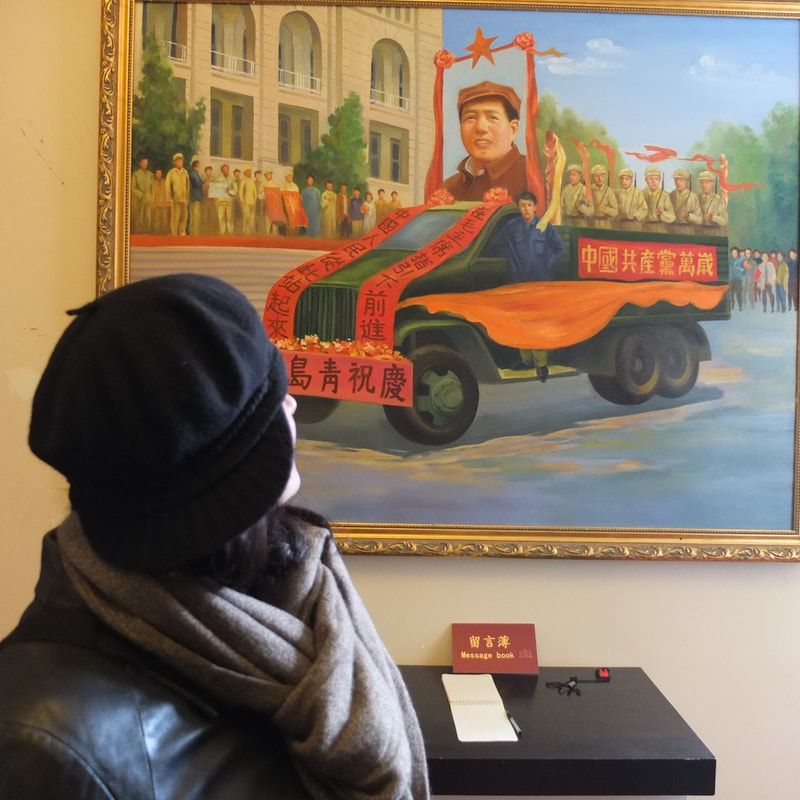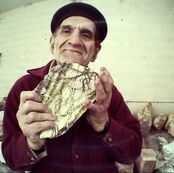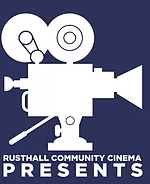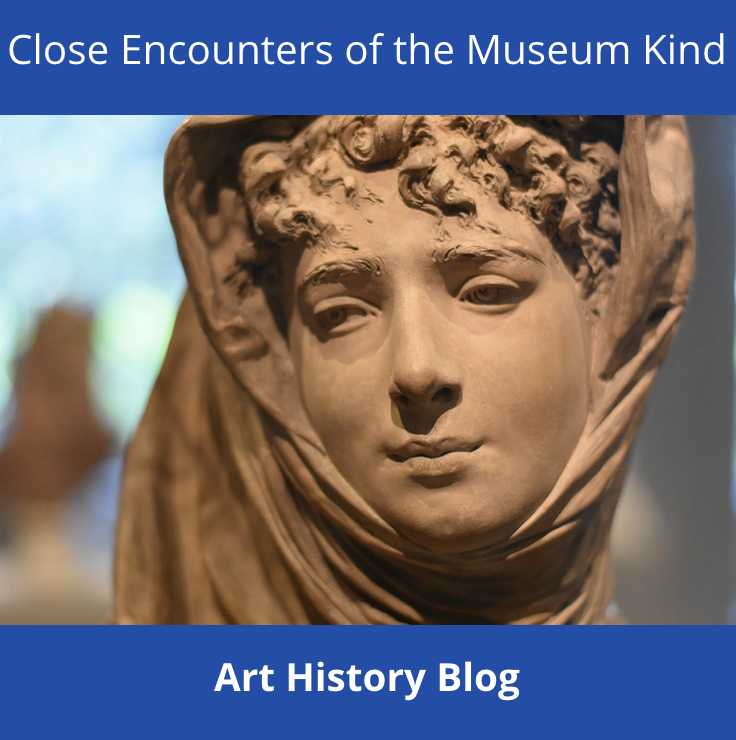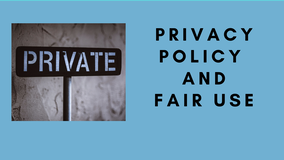22: How to go from good to GREAT - 10 tips to fine-tune your documentary with others' ideas12/21/2021 . Each documentary filmmaker has their own way, own thoughts and own methods from realism to poetry, from being in the film to refraining from being visible. As there are stars in the sky, there are ways we innovate. Learning from others inspires. Here are some ideas from the masters which will help you reflect on fine-tuning your film. Let's start with Michael Moore who has 13 rules for making a documentary. I chose the two I really GET.
Second on my list is the gracious Agnes Varda, the French artist/ documentarian/storyteller of both fiction and documentary. She discusses her creations for the Hollywood Reporter where she says:
Third on my list is Werner Herzog. This German filmmaker of both documentary and fiction films is complex, complicated, radical, and I guess, love him or loathe him. I go with he first.
The fourth on my list is Lindsay Anderson the British filmmaker of both fiction and documentary, whose goal was to understand and respect “ordinary people”. Considered an anarchist, he broke away from the conventions of the BBC, making documentaries with sensitivity and beautiful camera work. Behind his lens was always a critic or observation on society. My favourite is his first short: O Dreamland which you can view for free at the BFI
Anderson Filmography The last is the Iranian poetess Forough Farrokhzad, who made only one ethnographic documentary, The House is Black, about a leper colony in Iran where she treats the subject matter through poetry and grace. For Farrokhzad, poetry was a way of seeing and feeling the world. She used symbolisms and metaphors visually where the written word was not quite enough. The Shah of Iran broke down in tears after watching the first screening of the documentary. The first words of her film open with these words of poetry which slide slowly and rhythmically throughout the work. There is only one piece of actual dialogue.
Enjoy the next week where ever you are. Christmas greetings to you all. With all my love and thanks and gratitude for one year lived strong, another one to go Jeanne
0 Comments
Leave a Reply. |
Jeanne PopeFilmmaker, teacher, traveller and storyteller
Other Links |
|
"Thank you dear Jeanne. It is an honour to have your creative thoughts which are printed in this film. With your love energy, passion and creative thoughts and encouragement this film can have its own soul finally. Thank you so much". Tao Gu - Taming the Horse
|
"Jeannette taught me the tools I needed, never having made a documentary before. She gave so much time, patience to show me, guide me and share her creativity and skills with me." Dr. Zou Qialing, Beijing Film Academy, Qingdao Campus
|
|
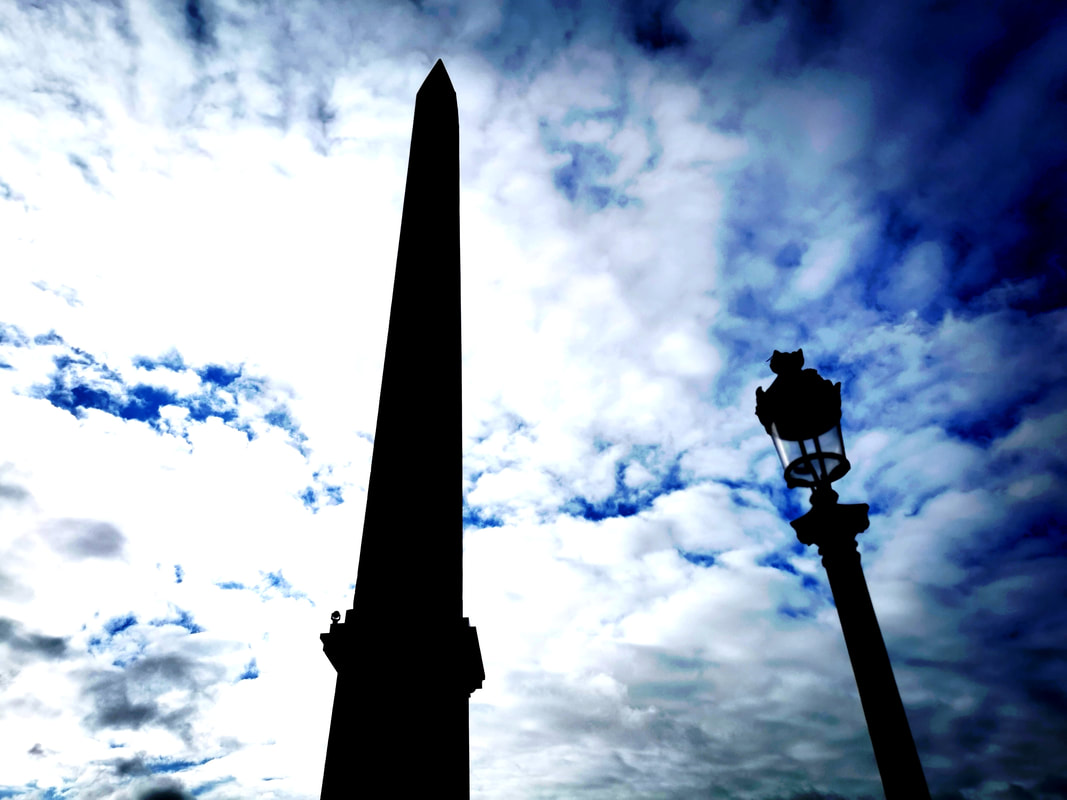
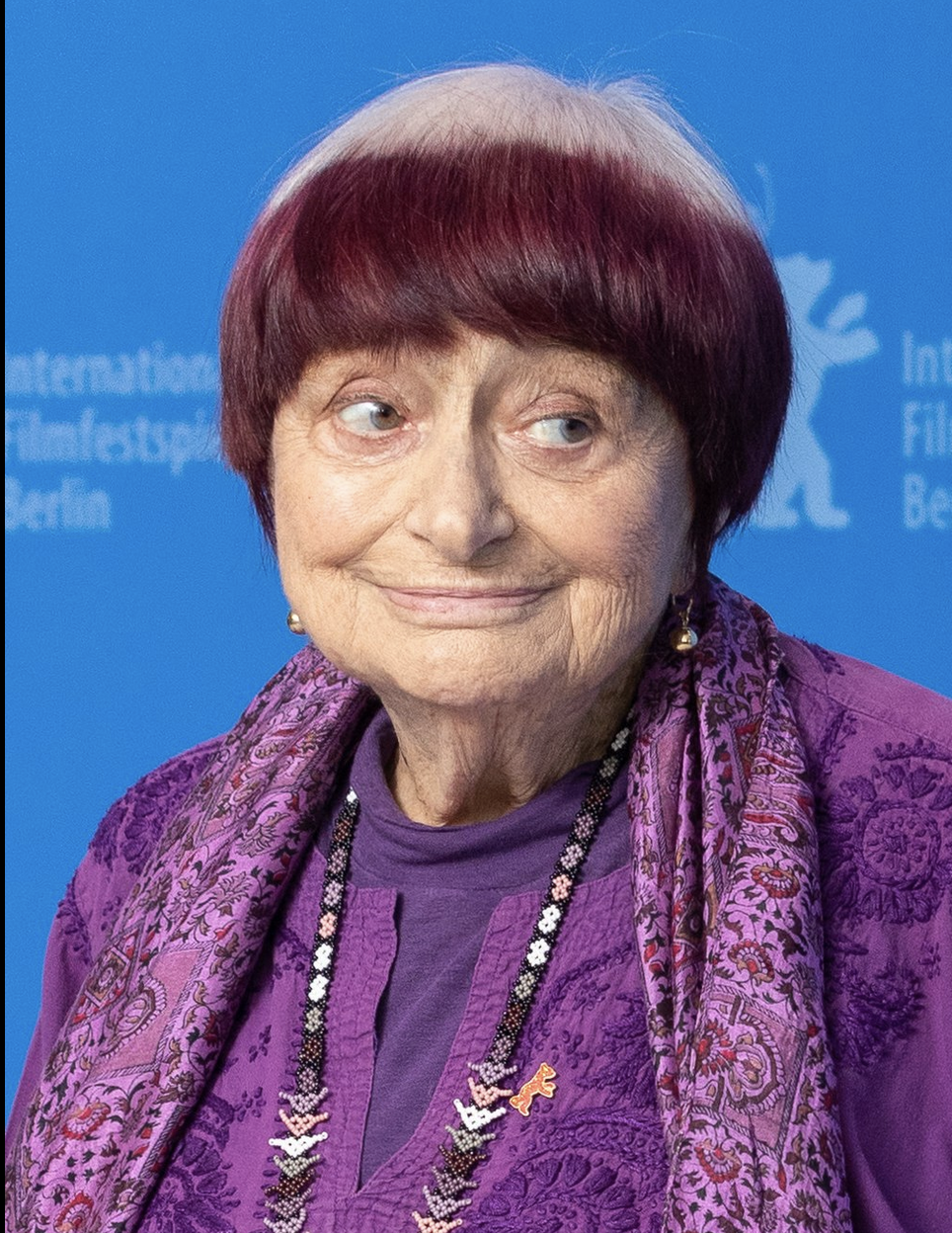
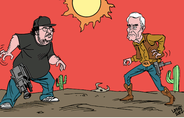
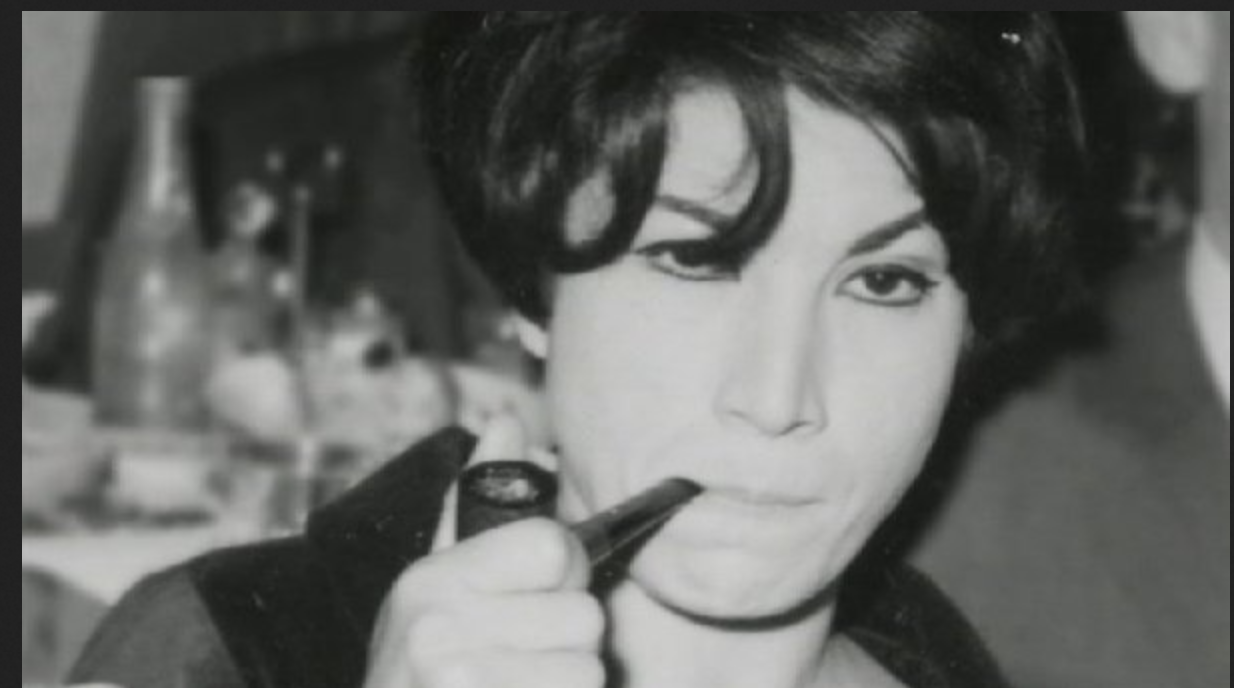
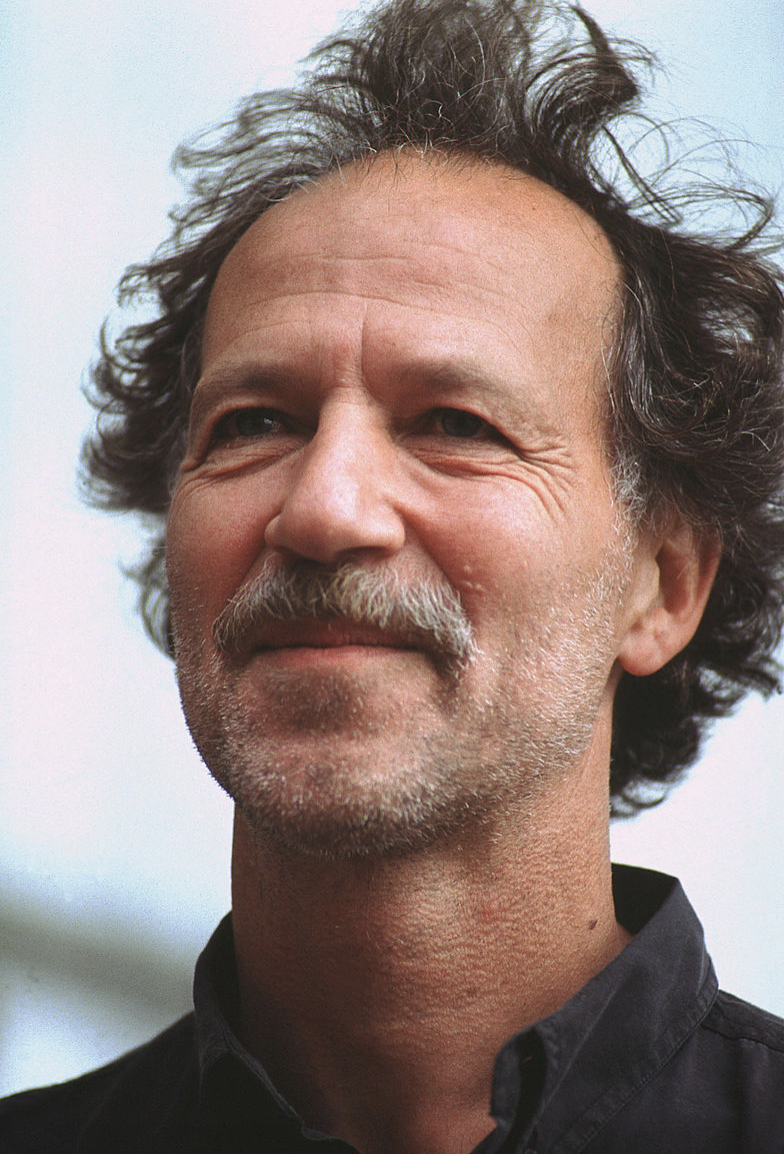
 RSS Feed
RSS Feed
